With travel this summer limited to domestic locations, you may think you don’t need to worry about bed bugs. But bed bugs are no longer an international problem. Right here in the US, bed bugs can be found in all fifty states and the primary place people pick up infestations is from hotels and motels. If you’re thinking about a road trip this summer, make sure you aren’t bringing along unwelcome guests.
After a long day on the road the first thing you will likely want to do is stretch out on a bed and click on the television, but preventing bed bugs is worth the extra effort. These tiny little pests not only will ruin your good night’s sleep, but will leave you with an itchy rash that will plague you throughout the day.
What are Bed Bugs?
Bed bugs are tiny parasitic insects about the size of an apple seed. They feed on human blood, usually at night. During the day, they prefer hiding in dark crevices in fabric and upholstery, usually around seams or piping in furniture. Bed bugs will also travel up to 20 feet from their hiding places looking for a meal.
Why are Bed Bugs Back?
For decades, bed bugs seemed to have vanished from popular culture except as a children’s story, but the reemergence of the bed bug is likely due to the increase in foreign travel and the emergence of chemical resistant strains due to incomplete or ineffective treatments by amateur and unqualified pest professionals.
Avoiding Bed Bugs During Travel
Upon arrival at your hotel, place luggage on the bathroom floor or another hard surface while you check the rest of the room.
Start with the bed. You can perform this check with the naked eye, but a flashlight may also be helpful. The Flashlight app on your phone should be sufficient. Check the headboard, paying special attention to the crevices of tufting or where the headboard joins the wall. Inspect the mattress. Pull the sheet off at the corner and check around the piping and between the top and bottom mattresses. Finally, check the curtains and the luggage rack.
If you find any signs of a bed bug infestation, inform the hotel staff immediately, and ask for a new room.
What to Check for (from EPA website)
- Rusty or reddish stains on bed sheets or mattresses.
- Dark spots (about the size of a period.), which are bed bug excrement and may bleed on the fabric like a marker would.
- Eggs and eggshells, which are tiny (about 1mm) and pale yellow skins that nymphs shed as they grow larger.
- Live bed bugs.
Print and carry the EPA’s bed bug prevention tips card
While Staying in the Hotel
- Use the luggage rack to keep your suitcase off the floor.
- Store dirty clothing in a travel laundry bag off the floor.
- Do not place your clothing in the hotel furniture.
Arriving Home
- Unpack your suitcase directly into the washing machine.
- Wash all clothing, even clothing you didn’t wear.
- Dry all clothing on high heat to kill bed bugs. Washing only will not kill bed bugs.
- Store suitcases away from your bedroom if possible.
- Never store suitcases under your bed.
By taking these precautions, you can limit your risk of bringing these pests home with you from your travels. However, no method is foolproof. If you find evidence of bed bug activity in your home, give us a call right away (440)528-1234. We can take care of the problem before it has a chance to spread.

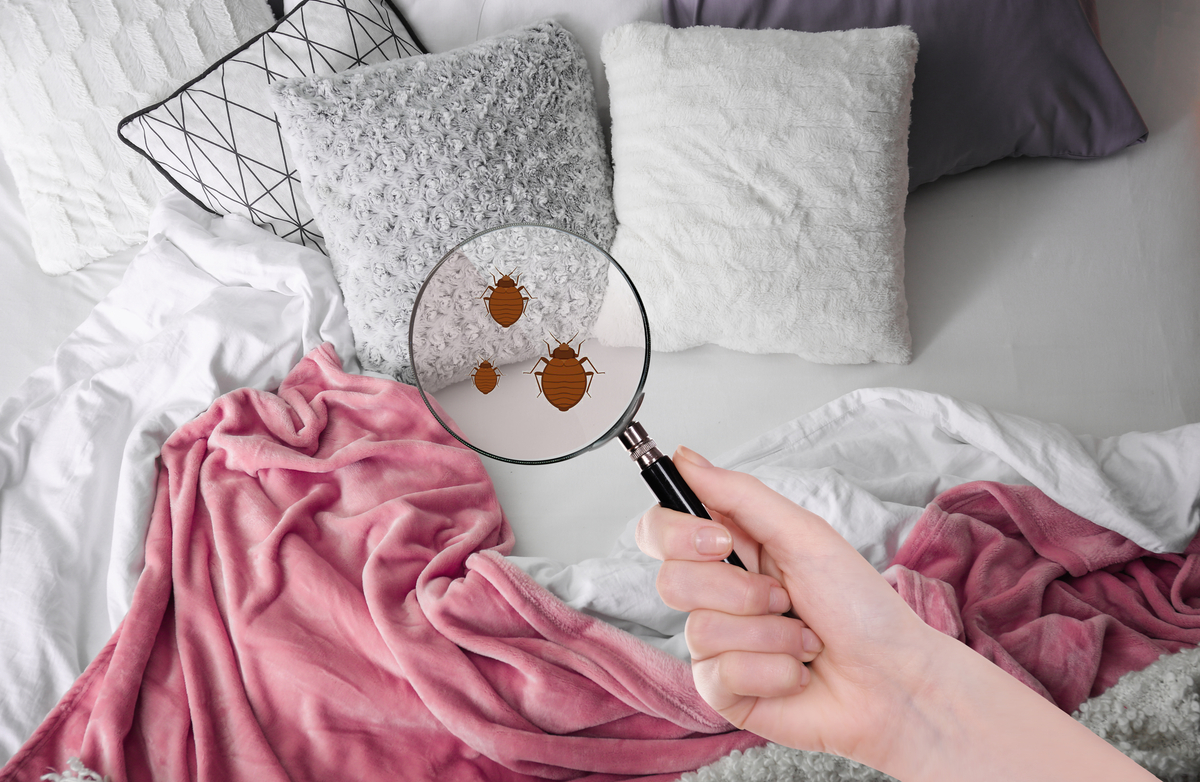
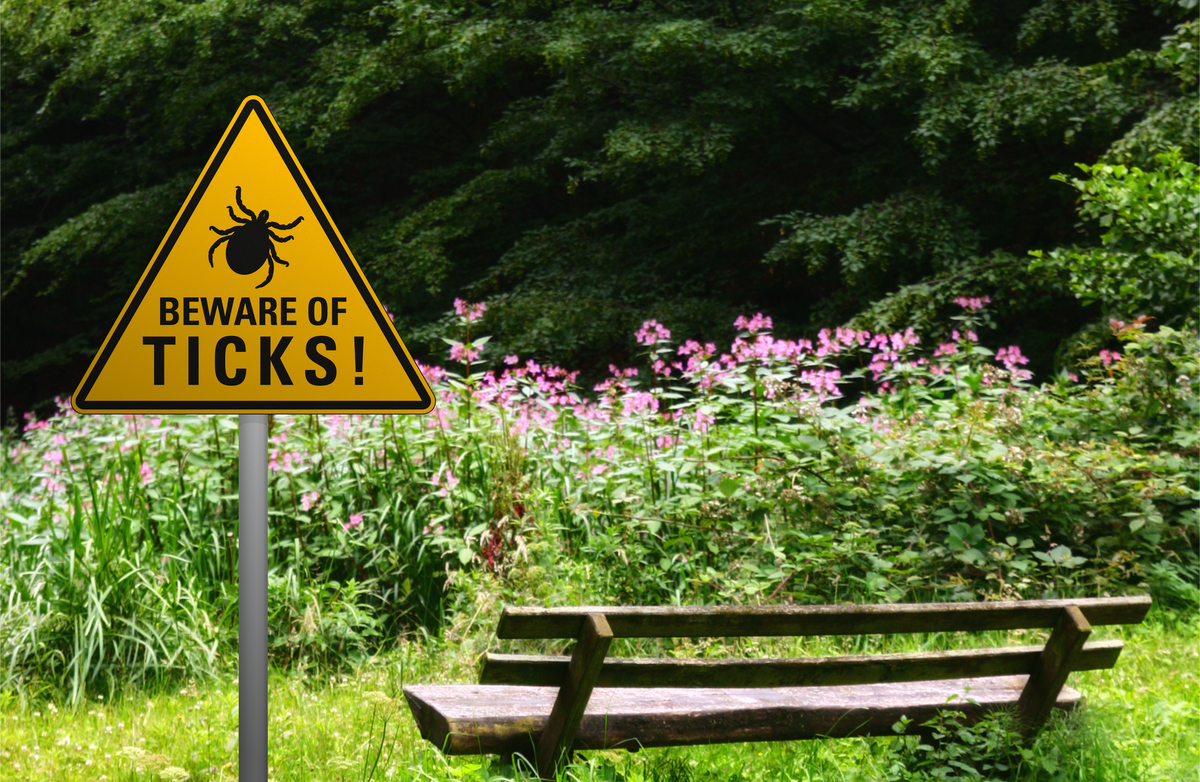
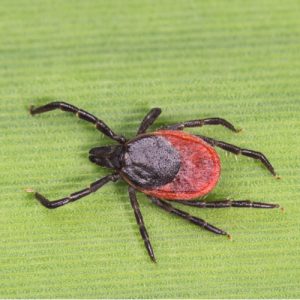
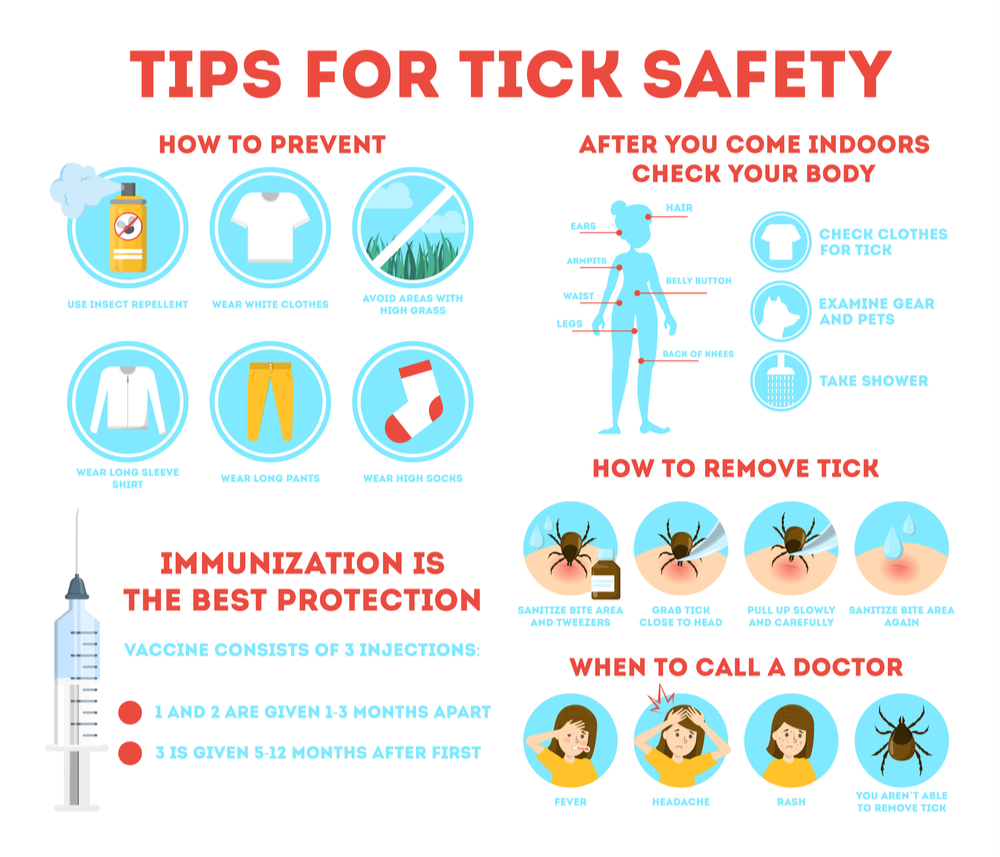
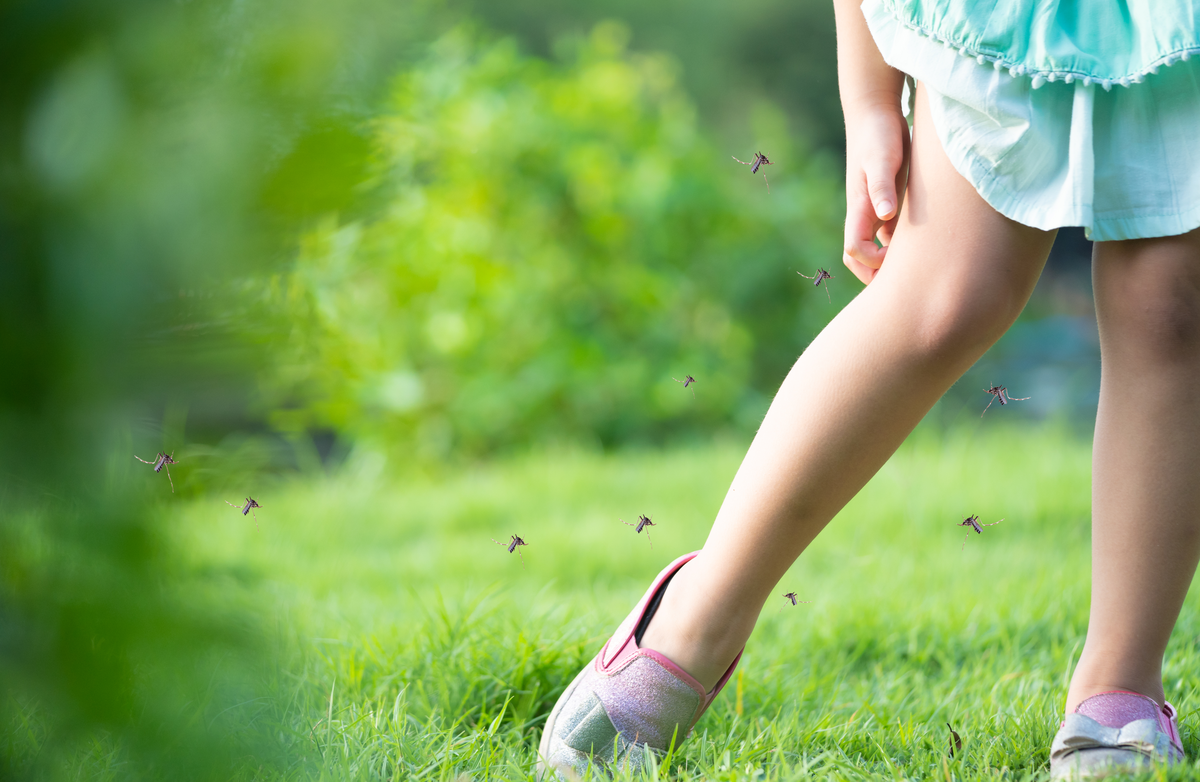

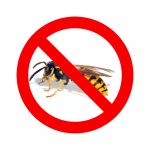

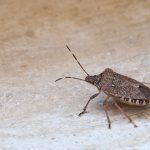

Recent Comments